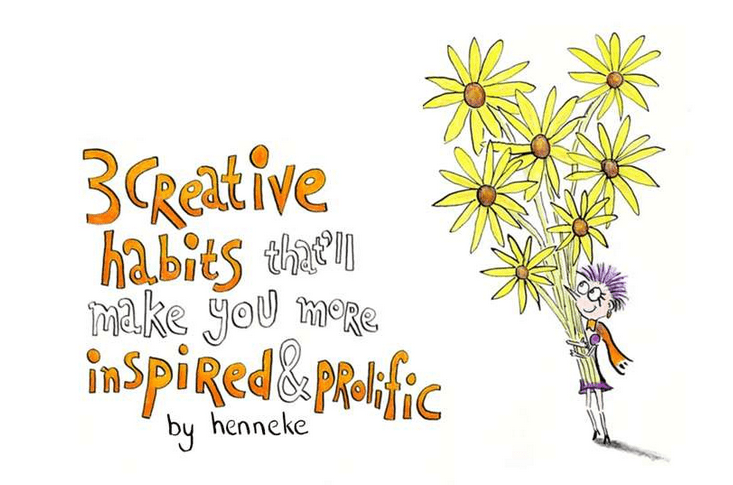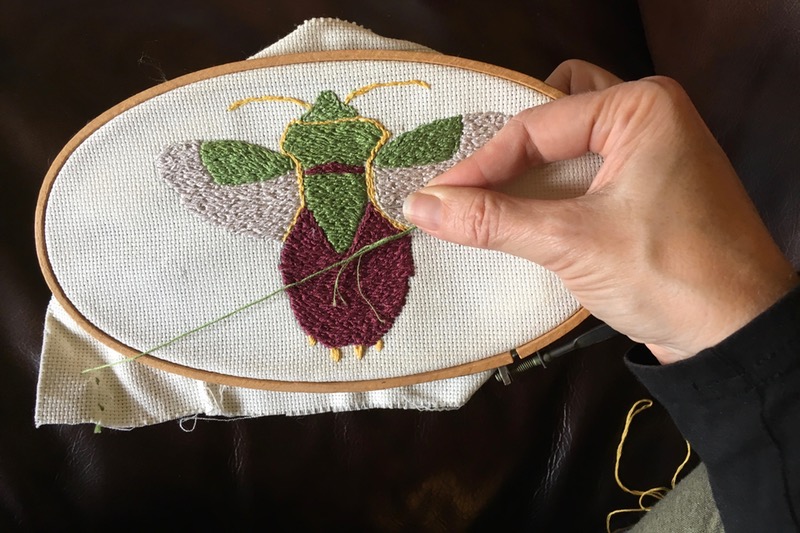Sourced from BRINGINGSMART.CO
Creativity is a process that cannot be forced but can be cultivated and allowed. Creativity must be allowed for the creation of innovative products and design of everyday things. You can stir up your creativity by getting serious about pen and paper again or you can also use apps as a guide.
Start keeping a journal too. Postpone judgment when you are in your creative mood and start allowing more silence in your life. Don’t put pressure on yourself, avoid creative deadlines when you can. Begin to ask questions about everyday products, ideas etc.
In the words of Masaru Ibuka–Creativity comes from looking for the unexpected and stepping outside your own experience.
These are 45 amazing creativity resources that can stir up your creative instinct. If you need inspiration and motivation to take your product or business to the next-level, you will find these resources, ideas, projects, designs, videos, predictions and innovations useful.
1. Co.Design— Fast Company’s Co.Design, where business and design collide.
2. Designbuzz — Design ideas and concepts.
3. House of the Future — Living Tomorrow’s vision of the house of the future.
4. Productivity Future Vision — Microsoft’s vision of the future.
5. Springwise — Your essential fix of entrepreneurial ideas.
6. Big Think — Blogs, articles and videos from the world’s top leaders and thinkers.
7. PSFK — A go-to source for ideas and inspiration.
8. The World in 2030 — Dr. Michio Kaku talks computers, medicine, jobs, lifestyle.
9. Wrist-Worm Techsessories — A video compilation by Trend Hunter.
10. DesignTaxi — Design, Art, Photography, Advertising, Technology, and Social Media.
11. VisualJournalism — 80% of the news in infographics.
12. trendwatching.com — Scans the globe for consumer trends, insights and innovations.
13. IdeaMensch — A community of people with ideas.
14. Concept Bug — Product design in the tech world. Forecasting the future.
15. Design Milk —F eaturing architectural designs, and modern house designs and technology.
16. Inkling — Prediction markets, idea evaluation, crowd forecasting and data insights.
17. Yanko Design — Modern industrial design news.
18. Life in 2050 — A discussion of almost-tangible realities from labs around the world.
19. Icon — Gives you a quick way to tap your crowd for ideas, knowledge and feedback.
20. Brainrack — Out of the box innovation that connects students with organizations.
21. 99U— -Insights on making ideas happen.
22. The 99 Percent — Insights on making ideas happen.
23. Get Addicted To — Daily mix of creative culture.
24. Creative Bloq — Daily inspiration for creative people.
25. TheCoolist — Web magazine about design, gadgets and more.
26. One Billion Minds — An amazing new way to discover and support innovation.
27. Visualizing.org — Data visualizations, challenges, community.
28. Fancy — Part store, blog, magazine and wish-list.
29. Cool Hunting — Highlighting creativity and innovation in design and technology.
30. FlowingData — Data visualization, infographics and statistics.
31. Paul Higgins — Futurist interested in technology.
32. Glen Hiemstra — Founder of Futurist.com, speaker, author, consultant.
33. Core77 — Industrial design magazine.
34. CoolBusinessIdeas — A blog that highlights promising new ideas around the world.
35. Trend Hunter — Technology trend spotting community fueled by a network of curious people.
36. TrendsNow — Future trends magazine.
38. Visua.ly — Infographics and data visualizations.
39. InnoCentive — Organizations can solve key problems through crowd sourcing.
40. Information Aesthetics — Data visualization and information design.
41. Bless this Stuff — Tech to drool about, for men.
42. Visual Complexity — A visual exploration of mapping complex networks.
43. oobject — Visual lists of man-made objects.
44. Brian David Johnson — Intel futurist, author and speaker.
45. Ray Kurzweil — Author, inventor and futurist.













